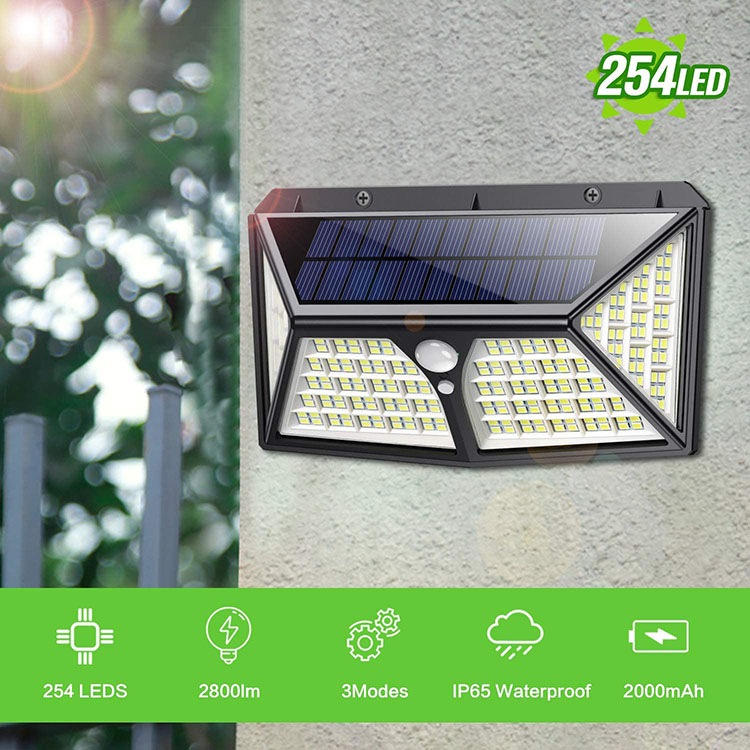time:2021-06-18 source:ZJ Lighting Views:136
Project projection has single-use and multiple-use edge fusion technology. The display area of a single unit is greatly limited, and the edge blending technology of multiple projectors is not subject to this limitation.
The most suitable application of edge fusion technology is virtual simulation. Whether it is plane, arc, or three-dimensional or spherical, constructing an immersive virtual experience environment, which cannot be replaced by other technologies.
In recent years, some manufacturers have tried to apply edge fusion technology to control rooms, video surveillance, large-scale conferences and commercial display applications, but their solutions and display effects have not been universally recognized.
The main reasons are as follows: First, the fusion belt eats up some pixels, so that the display resolution cannot directly support the display of conventional resolution signals, the display application mode is complicated, and the content requires special production;
Second, the long-term operation of projectors has inconsistent brightness attenuation and inconsistent color drift, which will have a greater impact on the fusion effect;
Third, the resolution of the entire screen is not high enough, and generally does not support 7*24 hours of uninterrupted work;

In the past two or three years, flat panel technology has achieved breakthrough development with its excellent video display effects and high cost-effective advantages, but flat panel displays can only be active in the lower-end indoor display market.
The reason is that flat panel displays also have some weaknesses and uncertainties: high-end control room applications dominated by graphics and data display cannot accept the wide seams of flat panel displays.
Secondly, whether the flat panel display can truly support 7*24 hours of uninterrupted work remains to be tested by time. Is it a case or a certain generality that dark edges and black spots appear in the long-term operation of LCD splicing?
Has the problem of long-term operation of plasma PDP splicing screens been solved? These have to be tested by time.
All of the above display technologies have various bottlenecks to varying degrees, and their own technology is difficult to break through.
Because the existing indoor display technology is not perfect enough, more display technologies are making continuous attempts and breakthroughs in the field of indoor large-screen displays.
Last year, the small-pitch high-density LED display technology just emerged, and as a result, it quickly impacted part of the high-end indoor display market.
The small-pitch LED display screen is completely seamless, and there is no problem of inconsistent brightness attenuation and color drift of each unit, and it can be adjusted and corrected point by point;
The LED display screen is thinner and requires less rear maintenance space, which improves the user's space utilization. LED technology has a higher dynamic refresh rate, better color reproduction and contrast.
The product has a service life of 100,000 hours and supports 7*24 uninterrupted work. For video display-based applications and control room applications with limited requirements for the entire screen resolution,